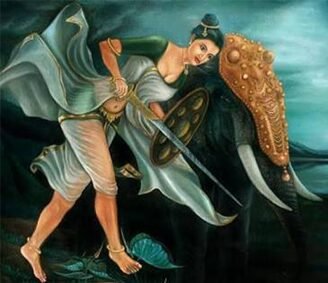Unveiling the Mysteries of the Sivadharma Purana: A Journey into Ancient Hindu Scripture

The Sivadharma Purana is one of the cardinal scriptures of the Hindu tradition. This scripture describes the worship and teaching, which concentrate on the Supreme Being, Lord Shiva. In this paper, there will be a detailed description from this Purana of the history, mythological, and philosophical tenets that will go as far as its influence on worship and culture.
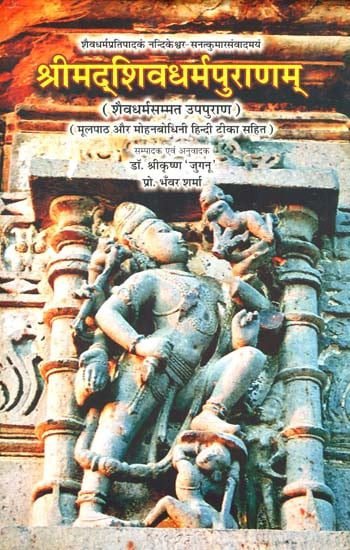 History
History
The Sivadharma Purana marks an important phase in the evolution of Shaivism. At that time, Shiva was being worshipped with great momentum on Indian soil. As a Smriti text, it essentially represents remembered tradition and thus recitation. It gives a systematic framework for the worship of Shiva and speaks copiously of the socio-religious context of its times.
It must have been compiled over several centuries by different scholars and sages contributing to the tapestry of stories and teachings. The nature of this text is syncretic, and so, it contains elements from various regional traditions and schools of thought. Crucial codification of rituals and ethical guidelines in the practice of Shiva worshipers were laid down in the Sivadharma Purana for a cohesive practice that could be emulated by devotees across such diverse communities.
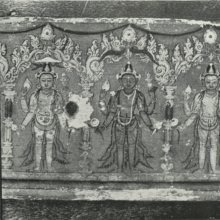
Mythology
The Sivadharma Purana is replete with rich mythological narratives that narrate the virtues and exploits of Lord Shiva. Core to its mythology are the stories of Shiva’s cosmic dance, the Tandava; his union with Parvati, the mountain goddess; and as destroyer and regenerator of the universe. It contains stories of Shiva’s association with other gods, sages, and demons and shows him as a kind protector and supreme deity.
One of the most famous myths occurring in the Purana is the churning of the ocean. Gods and demons allied to churn the ocean for the sake of retrieving the nectar of immortality on their part. Within the churning process, a deadly poison, halahala, was released and threatened to destroy the world. It is said that, in his boundless compassion, Shiva drank the poison, which turned his throat blue; thus, he got the name Neelkanth, the blue-throated one.
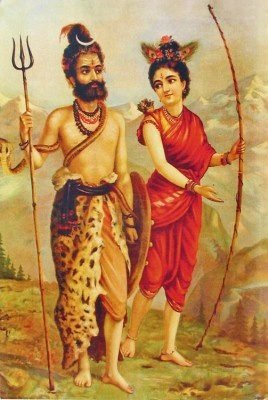
The story of Shiva’s marriage to Parvati is another major myth. Parvati was an avatar or incarnation of the goddess Shakti and performed intense austerities until finally winning Shiva’s love. This liaison symbolizes harmonious balances of male and female energies within the cosmos and serves as a model of marital devotion and partnership.
Gunas
As far as the Sivadharma Purana is concerned, gunas are—general human behaviour and spiritual growth considered—one system accepted universally. It is rising above the tamas, rajas, to cultivate sattva that shall transform man, teaches the text. Devotion to Shiva, coupled with adherence to dharma, is expected to redeem one from all negativity and attain spiritual liberation or moksha.

The text describes gunas not as static, but rather as transforming spiritual practice. It resettles the balance through rituals, meditation, and ethical conduct; devotees purify themselves by reducing tamas and rajas and increasing the influence of sattva. The goal is Inner Purity and a perfectly balanced condition whereby that balance allows a relation of unity between the devotee and Shiva.
Deities
Although Lord Shiva is the primary deity for this Purāṇa, here and there are other deities who in a way form an important part. Parvati, Shiva’s consort, is worshipped for her compassion and devotion. Her son Ganesha takes his place as Vignesha, a remover of obstacles. In a way, the Purana recognizes the existence of other deities, like Vishnu and Brahma. This shows how divergent traditions of Hinduism interrelate.
The text also refers to other forms of Shiva, such as Rudra, Bhairava, and Mahakala—various aspects of his divine personality. The various forms reveal a strung-together duality of Shiva, corresponding to the fierce and benign aspects of divinity. It also acknowledges several manifestations of Parvati, such as Durga and Kali, very important in myth and ritual.

Writer
Among the ancient Indian works, the Purana is one of those that do not mention their author. It is considered to be the work of countless sages and learned men spread over centuries, with contributions from different regions and communities. Preserved and handed down through oral and written traditions, this work remains relevant in modern times.
The prominent contributors to the text are great sages like Vyasa and Agastya, who were known for contributing to the collation and propaganda of Vedic and Puranic wisdom. Sages and scholars who shaped this composition have embedded various teachings and stories that are a residuum of gathered wisdom.
Verses
The Purana contains hundreds of verses describing ritual practices, hymns, and prayers which were created for the worship of Shiva. It encompasses the whole spectrum of daily worship, celebration of festivals, and rites of passage. Particularly, considering the hymns, they are of exquisite poetical beauty and high spiritual tradition; therefore, they offer a channel of expression for a devotee’s devotion and realization of blessings.
The verses of the Purana stand out with their lyric elegance and philosophical deepness. Many spheres are represented, from cosmology and metaphysics to ethics and devotion. For example, a collection of hymns in praise of Shiva, the Rudram Chamakam, is famous for powerful invocations and deep spiritual insights.
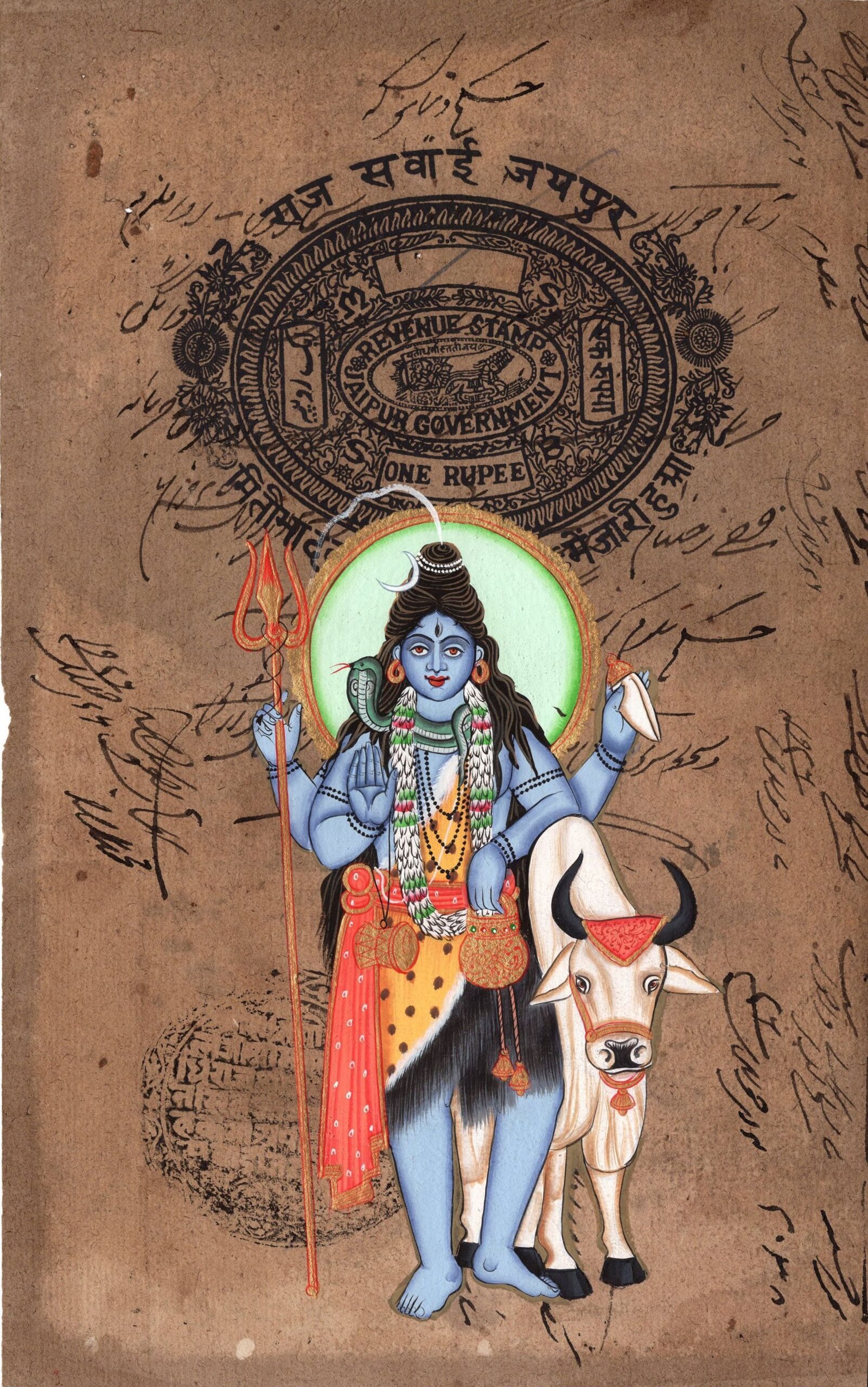
Worship
The Sivadharma Purana provides rich details on the worship of Shiva, including the performance of pujā, abhisheka, and the chanting of mantras. It emphasizes the importance of both devotion and obeying moral and ethical conduct in the world. Festivals like Maha Shivaratri and Shravan Maas are considered special days when such worship may be intensified.
It deals with the establishment and consecration of Shiva temples, outlining the significance of sacred architecture and icons. It impresses on the role of the temple as a centre for community worship and spiritual learning. The text exhorts devotees to participate in communal rituals and celebrations, which fosters a sense of unity and shared devotion.
Legacy
The result was that the legacy of the Purana included the sustained popularity of Shiva worship over all of India and beyond. Temple rituals and personal devotion were just two of the many subjects influenced by this text within a wide array of Shaiva practices. Many of its teachings found places in regional traditions and have gone on to assume places of importance in the rich tapestry that is Hindu religious life. The Purana has also inspired a wealth of artistic and literary expressions, from classical music and dance to modern poetry and prose.
The impact of the Purana ranges from the philosophical and theological roots of Shaivism down to the very teachings on the nature of divinity, the cosmos, and the human soul, which have been integrated into the greater framework of Hindu thought. The Purana has also played a part in the growth of Shaiva Siddhanta, one of the main schools of Shaivism, which emphasizes devotion, ritual practice, and philosophic inquiry.
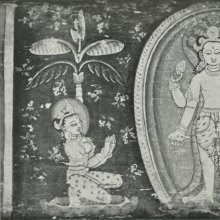
Scientific Learnings
Though the Purana is essentially a religious text, it offers a lot of insight into ancient Indian views on cosmology, medicine, and ethics. For instance, its descriptions of the cosmos represent early attempts to understand the universe and its origin. Furthermore, with its emphasis on health and hygiene, along with ethical teachings, it reflects the comprehensive approach toward well-being that has traditionally been a part of Indian wisdom.
The Purana provides several references to Ayurvedic principles that promote the importance of keeping both body and mind hale and hearty through balanced living, supported by natural remedies. The moral teachings that advocate truthfulness, non-violence, and compassion attract contemporary norms of social responsibility and environmental stewardship.
Conclusion
The Sivadharma Purana does not consider itself a religious scripture but holds a far more comprehensive guide on the worshipping and philosophy of Lord Shiva. It has a tapestry of mythology, ritual, and teaching—on ethics—that inspires and guides devotees to this very day. This enduring legacy of the Purana testifies to its deep influence on the spiritual and cultural landscape of Hinduism. It epitomizes the timeless relevance of Shiva’s teachings in the pursuit of moral integrity and spiritual illumination.
